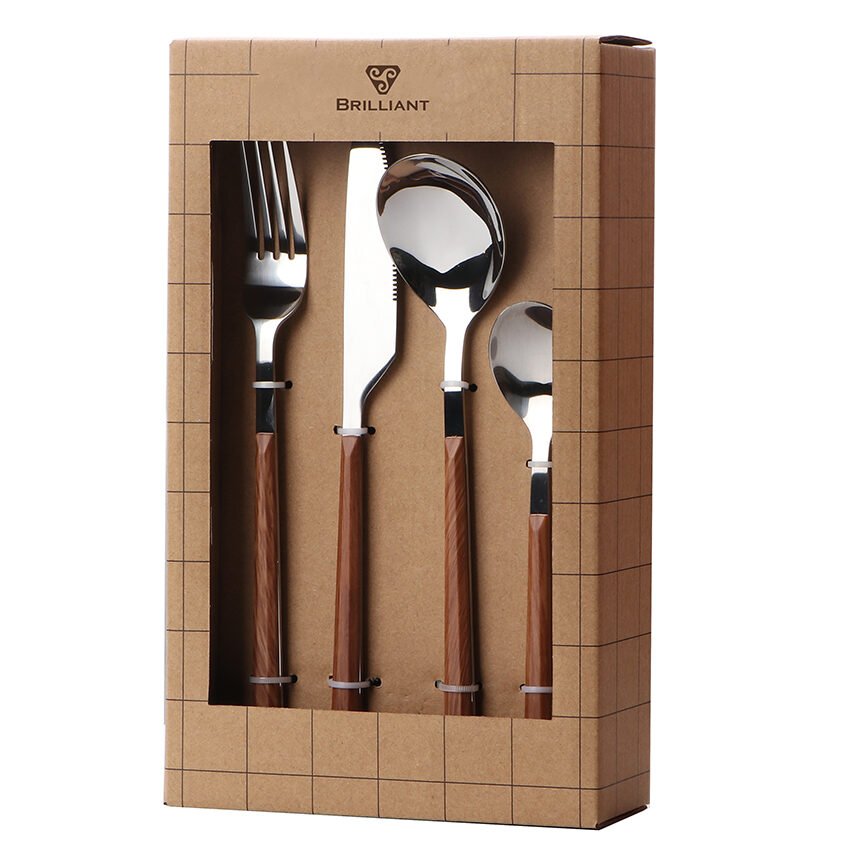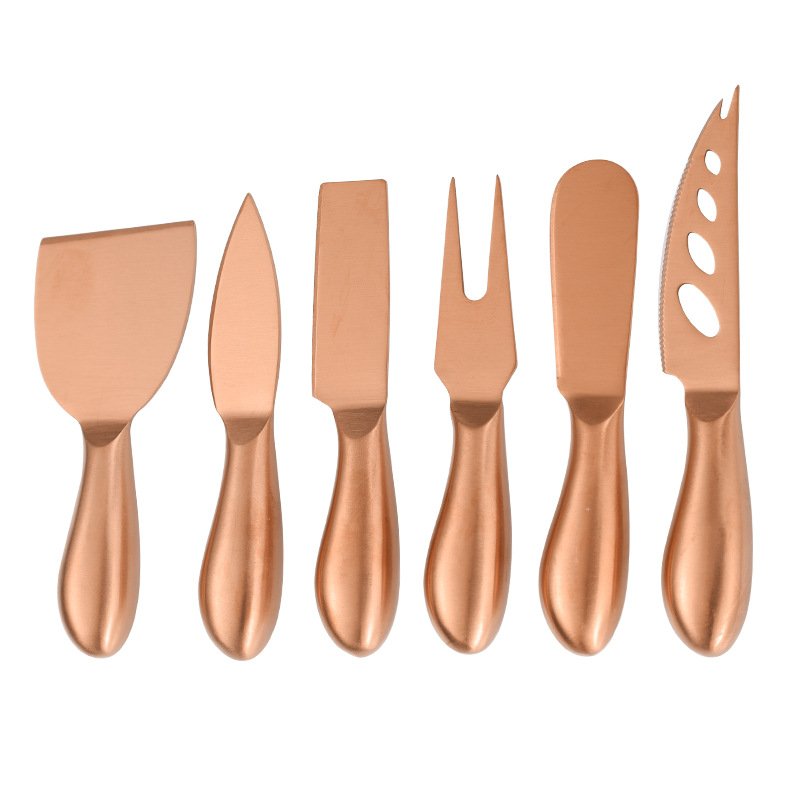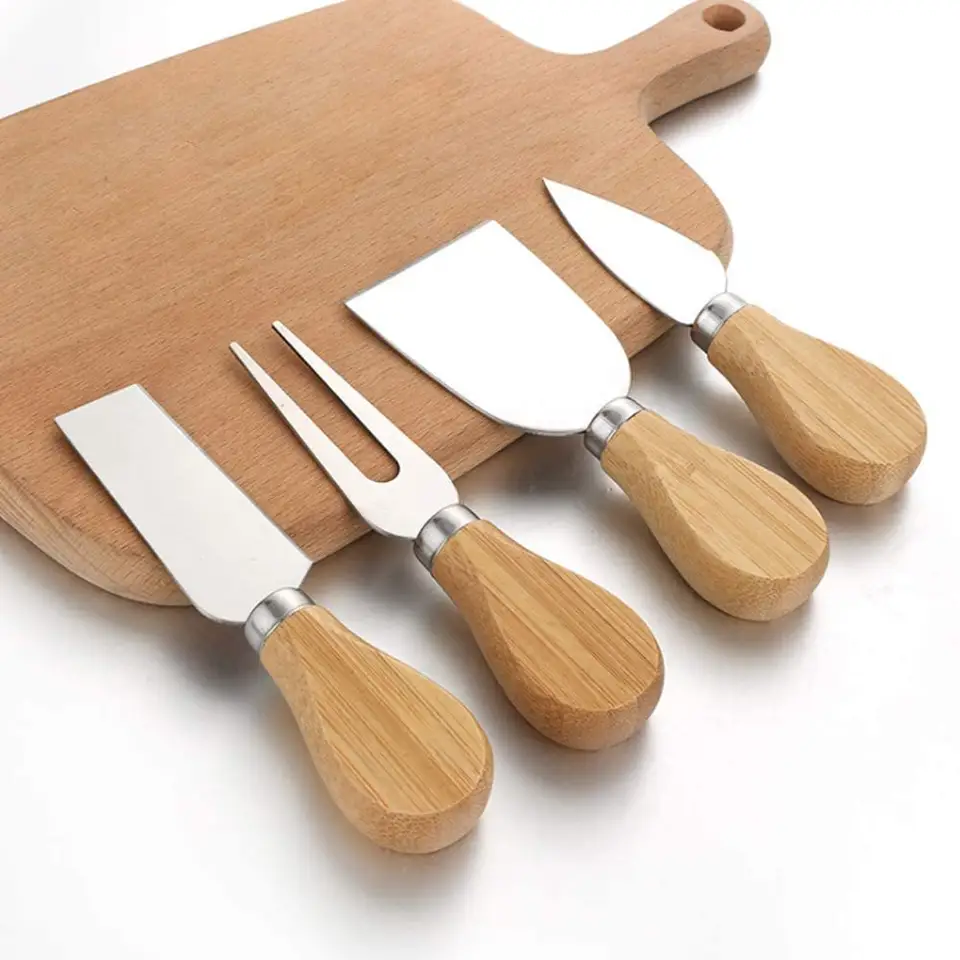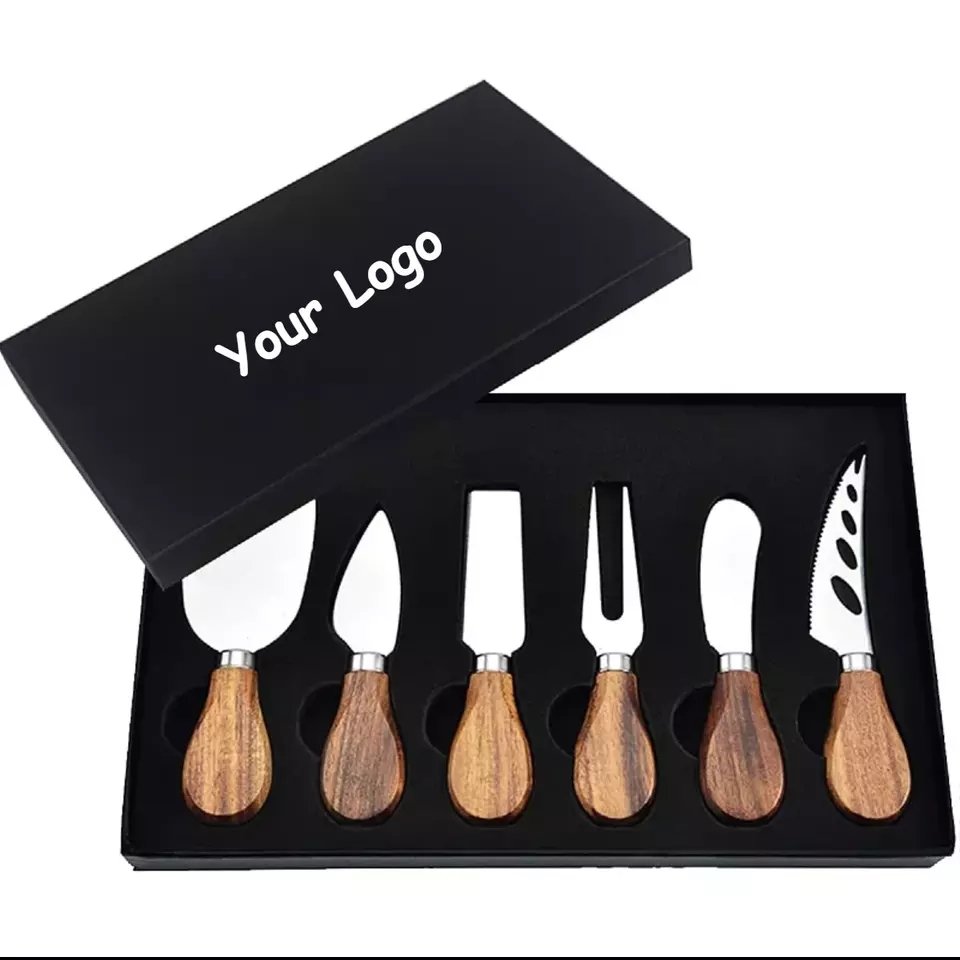Make your product memorable—or forgettable—just by the box it comes in.
Wholesale buyers must understand that packaging isn’t just protection—it’s branding, logistics, compliance, and customer experience wrapped into one.
I’ve worked with over a thousand brands, and I can tell you this—custom packaging has become the new battlefield for stainless steel cutlery. It’s not just about the fork anymore. It’s about how you present it. Let’s break it all down.
Table of Contents
Why Does Custom Packaging Matter in B2B Cutlery Sales?
If your cutlery looks cheap or arrives damaged, your client relationship suffers. Even a good product can’t save poor packaging.
Custom packaging helps elevate your product value, builds brand identity, protects goods in transit, and complies with regulations in your target market.
Let’s dissect this deeper, starting from first impressions to logistics and compliance.
1. Perceived Value & Brand Positioning
Buyers don’t just buy cutlery—they buy presentation. A mid-range product in premium packaging often beats a better product in cheap wrapping.
🎁 Cutlery Packaging Types & Their Strategic Positioning
| Packaging Type | Impression Created | Best Suited For |
|---|---|---|
| 📦 Kraft Paper Wrap | Eco-conscious, rustic, handmade feel | Artisanal brands, farm-to-table restaurants, eco-gifting |
| ✨ Glossy Laminated Box | Sleek, modern, premium quality | Luxury hotels, boutique tableware collections |
| 🪟 Windowed Display Box | Transparent, informative, functional | Retail shelves, supermarkets, department stores |
Custom logos, embossing, matte finishes, and QR-coded inserts—these elements create unboxing moments that build loyalty.

2. Logistics & Space Optimization
Imagine ordering 50,000 sets and finding out they don’t fit your shelf dimensions. This happens more often than you’d think.
Custom packaging allows better space utilization, easier handling, and efficient palletizing. Flat-packed boxes, nesting trays, and modular sleeves save costs during shipping.
3. Market Compliance and Labeling
Many countries have strict packaging regulations—France requires LFGB food contact symbols; the U.S. demands suffocation warnings for polybags.
By customizing your packaging from the source, you stay compliant and avoid costly relabeling later.
What Materials Work Best for Cutlery Packaging?
Cardboard? Plastic? Wood? You might be surprised how your choice here affects your pricing and customer perception.
Paperboard is the most versatile and cost-effective. But recycled plastics and hybrid wood-fiber options are on the rise for premium lines.
The material isn’t just for looks—it affects sustainability, cost, and user experience.
1. Paperboard & Corrugated Cardboard
Classic. Affordable. Customizable.
📦 Paperboard Types for Stainless Steel Cutlery Packaging
| Type | Typical Thickness | Common Use Cases |
|---|---|---|
| 📄 Folding Carton | 0.3 – 0.5 mm | Retail unit boxes, branded sleeves, inner inserts |
| 📦 Corrugated (E-flute) | 1.2 – 2.0 mm | Master cartons, shipping boxes, bulk packaging |
It’s biodegradable and easy to print on. But it’s not great for moisture-prone environments unless coated.
2. PET/PE Plastic Trays
Common in retail sets where visibility matters. Transparent, shatter-proof, and reusable.
The downside? Environmental concerns. Unless it’s recycled PET (rPET), many clients will push back.
3. Wooden Boxes or Bamboo Sleeves
High-end clients love these. Especially for gift sets or brand collaborations. They convey craftsmanship.
But: They’re expensive, heavy, and require longer lead times.
4. Hybrid Materials
Some suppliers combine paper pulp trays with laminated outer sleeves. This gives structure and eco appeal while keeping costs low.
How to Customize Cutlery Packaging for Different Market Segments?
Not all customers care about the same things. One may want “eco,” another may want “elegance.” You must adjust.
Wholesale packaging should be tailored based on use case, price range, and regional preferences.
Let’s analyze three segments: Retail, Horeca (Hotel/Restaurant/Catering), and Promotional.
1. Retail Market
Focus on shelf appeal and UPC compliance.
🛍️ Key Functional Features for Retail-Ready Cutlery Packaging
| Feature | Why It Matters |
|---|---|
| 🪝 Hanging Hole or Hook | Essential for pegboard or wall displays in supermarkets and hardware stores |
| 🪟 Clear Front or Window | Allows customers to see the actual product inside, increasing trust and purchase likelihood |
| 🌍 Multi-Language Labeling | Ensures compliance with international retail requirements and enhances global accessibility |
If your cutlery set includes six steak knives, customers want to *see* those blades. If they can’t, they scroll past.
2. Horeca Market
Focus on durability and unboxing speed.
🏨 Commercial-Use Cutlery Packaging Features
| Feature | Why It Matters |
|---|---|
| 🧺 Bulk Trays with Foam Inlay | Keeps cutlery organized and easy to distribute in large hotel kitchens |
| 📦 Stackable Master Cartons | Maximizes storage efficiency in tight kitchen or backroom areas |
| 💧 Waterproof Inner Wraps | Protects cutlery from humidity and moisture damage in basement storage |
No hotel chef wants to waste time cutting through five layers of tape.
3. Promotional/B2B Gifting
Focus on branding and experience.
🎁 Premium Branding Touches in Cutlery Packaging
| Feature | Why It Matters |
|---|---|
| 🖋️ Debossed Logo on Box Lid | Elevates brand perception and leaves a lasting tactile impression |
| 🧲 Magnetic Flip Box Closure | Adds a luxury unboxing experience with minimal added cost |
| 💌 Custom Thank-You Inserts | Builds emotional connection and boosts customer loyalty |
What Are the Hidden Costs of Bad Packaging?
It’s not just about how it looks. Bad packaging can eat up your margins quietly.
Packaging problems often lead to increased returns, warehousing headaches, and unhappy resellers.
Let’s break it down into three cost centers: Damage, Storage, and Returns.
1. Damage in Transit
Cheap or ill-fitting packaging leads to bent forks, scratched surfaces, and broken box corners.
| Type of Damage | Primary Cause | Impact on Business |
|---|---|---|
| ✴️ Scratched Cutlery | Lack of inner foam/velvet tray, items slide | Damages product appearance, lowers perceived value |
| 💦 Wet Packaging | No waterproof liner or non-laminated outer box | Stock may be rejected, molded, or unsellable |
| 📦 Crushed Corners | Weak carton board, poor stacking design | Risk of retail rejection, hurts brand image |
Even 1% damage rate on 10,000 units equals 100 upset buyers and thousands in losses.
2. Storage Inefficiencies
Boxes that don’t stack well? Say goodbye to warehouse optimization.
Poor packaging design can lead to:
– Increased shelf space needed
– Difficult barcode scanning
– Misalignment with inventory software
3. High Return Rates
Unboxing experience affects satisfaction. If it feels “cheap,” your product is perceived that way—even if it’s top-notch.
Returns eat into your profit margin, and often, resellers won’t stock you again after multiple issues.
What Custom Packaging Add-ons Are Worth the Investment?
Fancy doesn’t always mean functional. But sometimes, that extra cost earns you a better client.
Useful and thoughtful packaging features like inserts, QR codes, and reusable boxes are worth more than gold foil prints.
Let’s walk through what features actually improve value.
1. Tray Inserts
Organized layout means less rattling, more elegance.
| Insert Type | Material | Benefit |
|---|---|---|
| ✨ Foam Cut-Out Tray | EVA or PU | Offers premium feel and keeps items securely in place during shipping |
| 🌱 Paper Pulp Tray | Molded pulp (recycled paper) | Biodegradable, cost-effective, aligns with eco-conscious branding |
| 🔍 Plastic Molding | PET or PVC | Transparent for product visibility, strong and moisture-resistant |
2. QR Code Cards
Link to care guides, brand story, or cross-sell items. This creates an instant post-purchase engagement.
Imagine scanning a card and getting a short video on how to clean your new steak knife. That’s memorable.
3. Magnetic Closures
An affordable luxury upgrade. Helps with repeat-use packaging, especially for gift sets.
4. Embossed or Foil Logos
This isn’t just for show. These details get photographed, shared, and remembered.
Good cutlery deserves good packaging. Don’t let your product’s value drop before it even gets opened.





